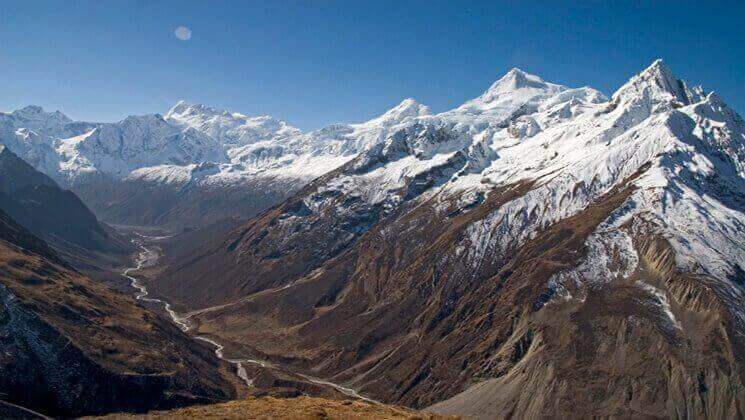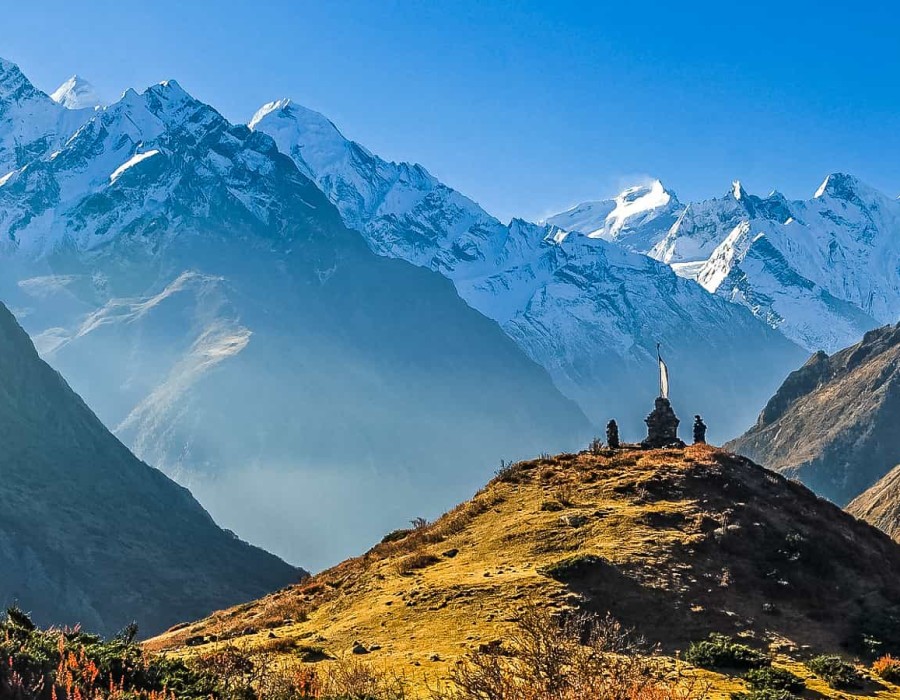When I first set my sights on the Tsum Valley Trek, I was filled with excitement and a bit of apprehension. The Tsum Valley, tucked away in the remote corners of Nepal, promised stunning landscapes and a deep dive into local culture. But, as I started planning, I realized the importance of having a guide by my side. Here’s why having a guide is crucial for this trek, based on my personal experience.

1. Navigating the Terrain
The Tsum Valley is a place of breathtaking beauty, but it also comes with challenging terrain. Trails can be confusing, and it's easy to get lost without proper navigation. I remember a moment when the path split into multiple directions, and I felt unsure of where to go. Our guide, with his local knowledge and experience, easily navigated us through the right path. Having someone who knows the way not only made the trek smoother but also ensured that we didn’t waste time or energy.
2. Understanding Local Culture
One of the highlights of the Tsum Valley Trek is the chance to immerse yourself in the unique culture of the Tsumba people. The villages here are deeply rooted in their traditions and way of life. During my trek, our guide shared fascinating stories and insights about the local customs, festivals, and daily life. This cultural immersion made the trek much more meaningful and helped me connect with the place on a deeper level.
3. Ensuring Safety
Safety is paramount on any trek, especially in remote areas like Tsum Valley. The altitude, weather conditions, and unpredictable nature of the trek can pose risks. I recall a day when the weather took a turn for the worse. Our guide not only assessed the situation calmly but also made quick decisions to ensure our safety, like altering our route and finding shelter. A guide's experience and knowledge can be lifesaving, helping to manage risks and ensure a safe journey.
4. Enhancing the Experience
A guide doesn’t just lead you through the trek; they enhance your overall experience. From finding the best spots for breathtaking views to recommending local eateries, their expertise adds value to your journey. I found that our guide’s suggestions for side trips and his ability to share local legends made each day of trekking more enjoyable and memorable.
5. Supporting the Local Economy
Hiring a local guide also supports the community. In a region like Tsum Valley, where tourism is a significant part of the local economy, employing a guide directly benefits the villagers. I felt good knowing that my trek was contributing to the local economy and helping sustain the livelihoods of the people who call this beautiful valley home.
6. Dealing with Challenges
Trekking in remote areas can bring unexpected challenges, from altitude sickness to minor injuries. Having a guide who is trained to handle such situations is invaluable. When I struggled with a minor health issue, our guide provided immediate assistance and reassurance, helping me get back on track quickly.
7. Creating Lasting Memories
Ultimately, having a guide enriched my trekking experience in ways I hadn’t anticipated. Their stories, local knowledge, and genuine care added a personal touch that transformed the trek from just an adventure into a cherished memory. My guide’s enthusiasm and passion for the Tsum Valley made every moment special.
In conclusion, hiring a guide for the Tsum Valley Trek is not just a practical choice; it’s a way to enhance your journey, ensure safety, and deeply connect with the region. If you’re planning this trek, consider investing in a local guide who can turn a challenging adventure into an unforgettable experience.





Comments